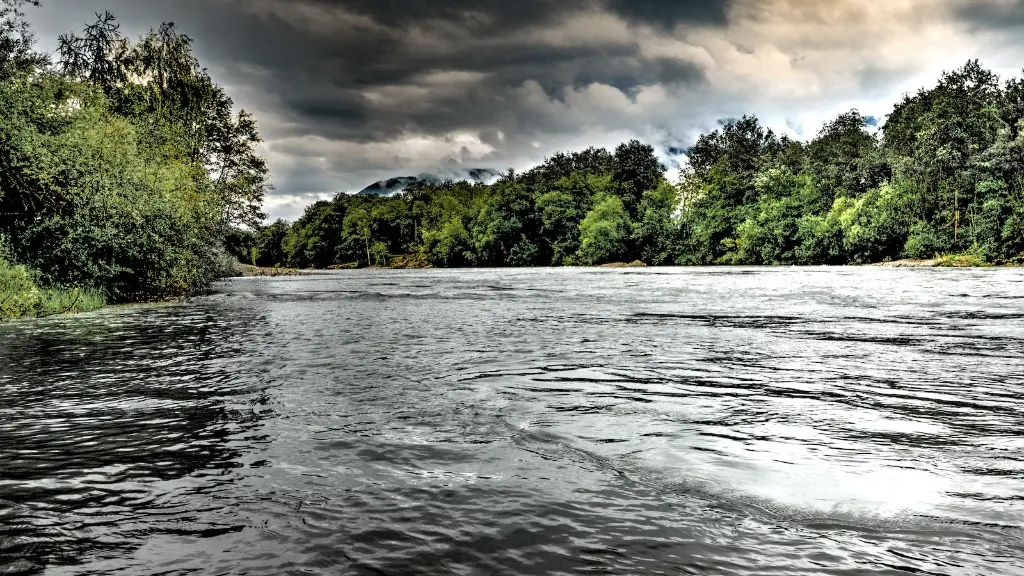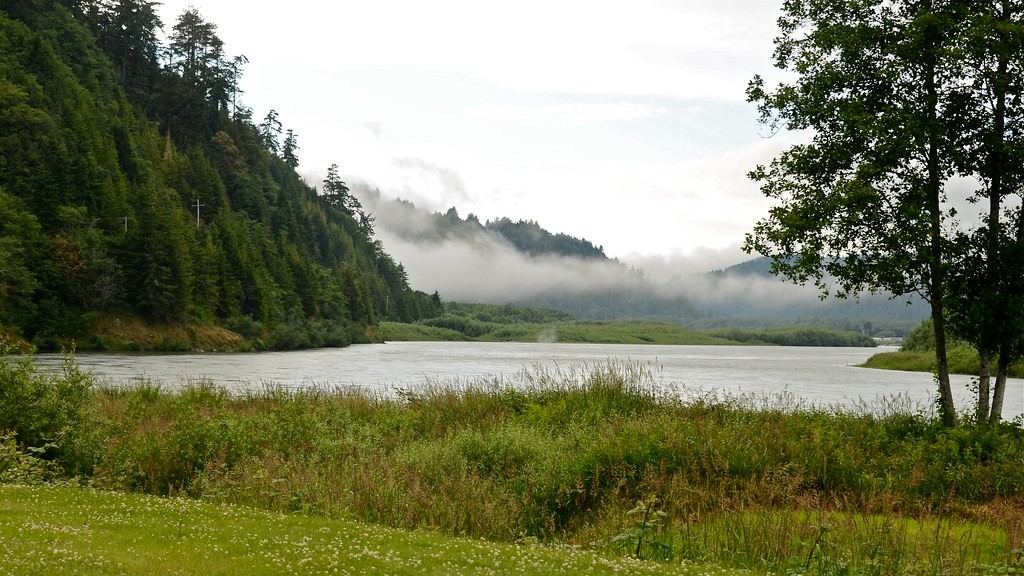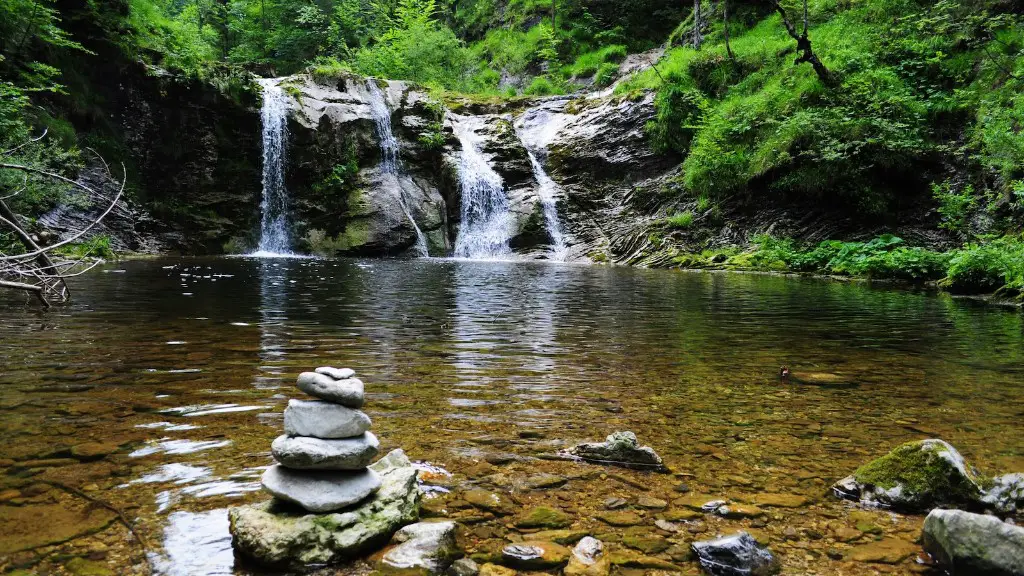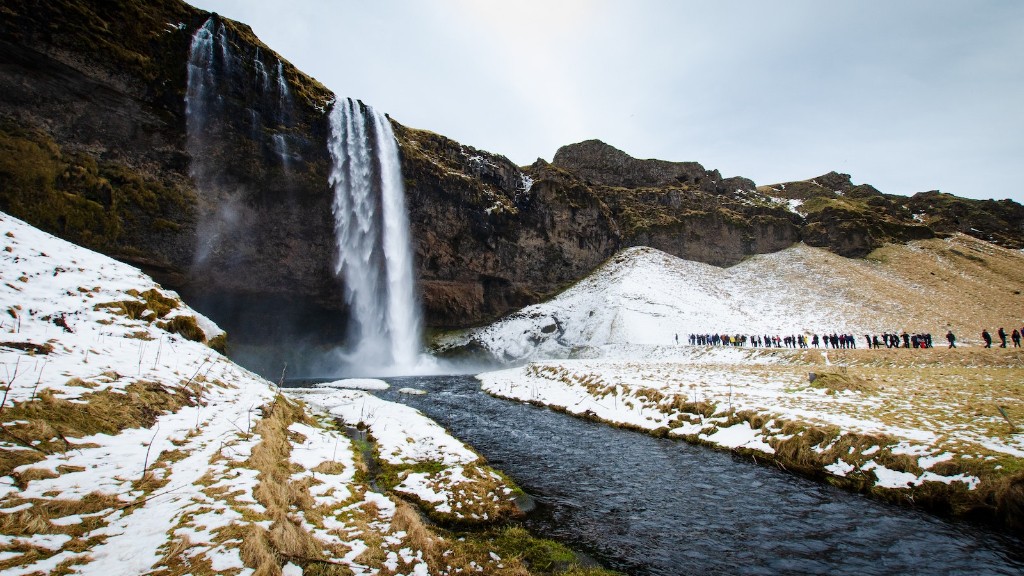Do people swim in the Nile River? While some parts of the river are swimmable, it is not recommended for regular swimming due to the high levels of pollution that are present regardless of preventive measures. The river is quite impressive, stretching for 4,258 miles, making it the longest river in the world. It runs through 11 countries, and is a lifeline in the region. The Nile River is of great cultural significance, and the source of a variety of animal and plant life, but humans know that they may be jeopardizing their health if they swim in it.
Pollution
It is not very safe to swim in the Nile. Even though the river is so long and impressive, it also harbors high amounts of pollutants. The pollution is due to domestic sewage, untreated wastewater and agricultural runoff. The high volume of contaminated water has a significant impact on the water quality, the aquatic species, and the people living in the traditional riverside villages.
For a long time, human activities have treated the river like an open sewage system-the disposal of untreated wastewater as well as waste from agriculture, industry, and other activities result in the buildup of toxic materials in the river that are dangerous to human health. It is safe to say that without action to reduce the amount of water pollution entering the river, it is not healthy to swim in the Nile.
Ecology
The Nile River has been a lifeline for many species of fish, reptiles, amphibians, birds, and mammals. These species make their home in the many diverse habitats of the Nile, ranging from slow flowing freshwater pools in the south to fast flowing waters in the north. The variety of ecosystems that exist in and around the river makes it such an attractive home for many wildlife species.
The river’s abundant resources, including food, water, and habitat create a perfect environment for numerous species of animals and plants. Therefore, the river is an important source of livelihood for millions of people who rely on fishing and other activities related to the river for their income.
The Nile River’s flora and fauna are not only important for the local people, but globally as well. The river hosts over 200 different species of fish, many of which are commercially important, and provides crucial habitats for migratory birds and other species.
Environmental control
Despite having a variety of positive aspects, the river is heavily polluted. The Egyptian government is taking steps to save the river and its vast biodiversity. They have implemented laws and policies to control the river’s pollution levels and ensure that it is safe for swimming. The authorities have also set up environmental monitoring programs and environmental impact assessments to ensure that the river’s health is maintained.
In addition, wastewater treatment plants have been built in a number of cities along the river, and industrial firms have been required to install effluent treatment plants, which help to improve the river’s water quality. The government has also been working to reduce the amount of agricultural and industrial waste entering the river. These efforts are beginning to pay off, and the river is slowly becoming safer for swimming.
Risk
Though it appears that there are a variety of safety measures in place to protect the Nile, it is still not safe enough to swim in regularly. The water quality can vary dramatically depending on the location, and it is not clear what the risks are of swimming in the Nile. Therefore, it is not advised to swim in the Nile unless you are an experienced and fit swimmer who knows the risks involved.
Experts recommend that swimmers be aware of the high bacteria levels, parasites, and chemical pollution that is present in the river. Even though there is an increased effort to protect the river, swimming in it is still not recommended because the health risks are still quite high.
Health Hazards
Swimming in the Nile can be dangerous due to the many health hazards present. If water is contaminated with dangerous toxins or bacteria, swimming in it can be harmful for both humans and animals. These health hazards include gastrointestinal diseases, skin disorders, breathing problems and even potentially fatal diseases such as typhoid.
In addition, some of the chemicals that are found in the Nile can also be hazardous to human health. In some cases, these chemicals have been linked to cancer, birth defects, and other serious health issues. It is therefore best to avoid swimming in the Nile.
Hygiene Advocacy
The Nile River is an important source of livelihood for millions of people, and it is therefore important for them to be aware of the risks associated with swimming in the river. Hygiene advocacy organizations have been formed in the past to raise awareness of the dangers of swimming in the polluted river. These organizations provide educational materials, organize workshops, and promote hygiene practices that are necessary to protect people from pollution-related health risks.
These efforts have been successful in some places, but the problem of pollution in the Nile remains pressing. Until more effective measures are taken to clean it up and ensure that it is safe for swimming, it is best to leave it to the wildlife and enjoy it from the banks!
Conservation Efforts
To protect the river and its biodiversity, there have been a number of conservation efforts in place. For example, efforts have been made to preserve and restore the wetlands that are found along the river in many areas. These wetlands are a crucial buffer zone that help to minimize the effects of runoff from surrounding land.
In addition, there have been several programs to restrict or eliminate the use of toxic chemicals in agricultural and industrial activities. These measures are intended to protect the river from further degradation. Finally, there have been initiatives to create protected areas along the river where fishing and other activities are restricted in order to protect the delicate ecosystem.
Education
To successfully protect the river, education about its importance must be widespread. Organizations such as the Nile Basin Initiative have been formed to promote the sustainable use of the river’s resources and educate the public about the threats that it faces. These organizations are educating people about the environment and the importance of protecting the habitat of the river’s many species.
In addition, they are encouraging the public to take an active role in keeping the river clean by joining clean-up efforts and promoting responsible waste management. By doing this, they hope to ensure that the river will be able to support generations to come.
Agriculture
In addition to its importance for people, the Nile River is also a vital source of water for agriculture. Many farmers use the river for irrigation, and it provides a source of livelihood for millions of people. This is especially important in the Nile Basin, where water is increasingly scarce and weather is becoming increasingly unpredictable.
Therefore, it is crucial that efforts are made to conserve the water resources of the river and protect it from further degradation. Programs are in place to reduce water pollution and prevent overfishing, but more needs to be done to ensure that the river is able to sustain the communities that rely on it.
Climate Change Adaptation
The Nile River faces significant challenges due to climate change. Rising temperatures, changes in the hydrological cycle, and the potential for more extreme weather events, such as floods and droughts, all threaten the river’s ecosystem. In addition, sea-level rise could have a significant impact on the river’s delta, which is a vital habitat for many species.
The effects of climate change can already be seen in the region, and it is expected to rise significantly in the years to come. To protect the river and its people from the impacts of these changes, it is necessary to develop strategies for adaptation and resilience. These include measures such as water conservation, flood-proofing, and early warning systems.
Conclusion
The Nile River is an impressive and awe-inspiring river with a rich history and diverse wildlife. Unfortunately, it is also heavily polluted, making it unsafe to swim in regularly. Measures are being taken to reduce the amount of pollution entering the river, but until the water quality improves, it is not safe to swim in the river.
It is therefore important to be aware of the risks associated with swimming in the river and protect it through conservation and education. With the right efforts, the Nile will be able to provide future generations with both an awe-inspiring sight and a vital source of life for centuries to come.





